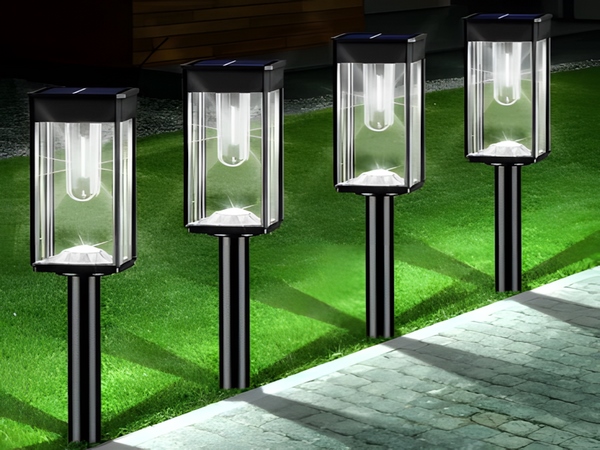

Solar Photovoltaic Power Generation System
is now a popular type of power station. The size of the power station depends on your planning, and users can decide the installation based on their electricity consumption needs.
Home Photovoltaic Power Generation System
must have the appropriate wattage. To achieve the expected power generation effect, the quality of the solar photovoltaic panels must meet standards, and the wattage must be sufficient. The installation work must also be well done, which relates not only to the operational status and workload of the solar power generation system but also to the user’s personal safety. Below, let’s take a look at the installation work that requires special attention:
1.
Solar Support Frame Material Selection
A distributed photovoltaic power generation system’s support frame structure must be solid, simple, and durable. Hot-dip galvanized steel and stainless steel are good choices because they are strong, rust-resistant, and corrosion-resistant, making them ideal materials.
2.
Preparation Before Installation
Work
The installation personnel must inspect the installation site, carefully select the position for the solar cells, and ensure that electrical equipment is not exposed to direct sunlight. The solar array should be placed as close to the battery and the energy regulation equipment as possible. The area should be cleaned, and tools and materials should be prepared according to the requirements of the designer or installation personnel.
3.
Controller Installation
Attention to Details
When installing the controller, opaque fabric should cover the solar array to protect the equipment and installation personnel from exposure. The personnel should move carefully, keeping in mind that electrical equipment is sensitive. The controller installation location should have good ventilation to prevent overheating of heat-dissipating components.
4.
Solar Battery Installation
Solar batteries must be installed with ventilation equipment, and the ventilator and switch must be placed outdoors. The battery box should be corrosion-resistant, surrounded by a safety fence, and ensure ventilation. When installing the batteries, specialized connection screws and washers from the battery manufacturer, appropriately sized battery leads, and fuses must be used. A fuse should be installed on the positive lead, using stainless steel nuts and caps. All battery terminals and connections should be covered with terminal covers or wrapped with heat-resistant grease to prevent erosion from acid or acid mist.

5.
Wiring of the Solar Photovoltaic System
All connection wires of the solar photovoltaic system must be routed in the nearest electrical junction box. The electrical junction box can be positioned externally or embedded in walls, ceilings, or floors. Outdoor wires should only connect on the underside of the junction box. When connecting sockets and connectors, particular attention must be paid to the characteristics of DC and AC; when wiring a DC system, care should be taken to ensure proper polarity of the wires and terminals, and during AC wiring, the live, neutral, and ground wires must be correctly identified. Proper wiring can prevent damage to equipment, eliminate fire hazards, and reduce the risk of electric shock.
After the technicians complete the installation, they must clean, adjust, and test each component to ensure proper operation. This is the responsibility of every installer and is crucial for user safety.
The solar photovoltaic manufacturer specializes in the research, production, sales, and design of solar power generation systems. If you want to understand installation details or purchase photovoltaic solar panels, please contact our online customer service.



